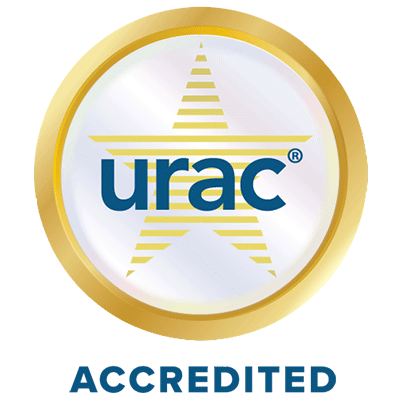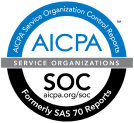By Healthesystems
On January 30, the U.S. Food and Drug Administration approved suzetrigine, marketed under the brand name Journavx™, a new non-opioid analgesic to treat moderate to severe acute pain in adults. This first-in-class medication works by targeting and interfering with the pain-signaling system, stopping pain signals from reaching the brain.
Because pain management is such an integral part of workers’ comp, the new drug could be a boon to injured workers – especially since it does not pose the same safety concerns or addiction properties of opioids. Let’s take a deeper look at the questions surrounding Journavx and how it might shake up pain management in workers’ comp.
How Effective Is It?
The efficacy of Journavx is mixed. It was evaluated in two randomized, double-blind, placebo- and active-controlled clinical trials of acute surgical pain, one following abdominal surgery and the other following bunion removal.
In both trials, Journavx demonstrated statistically significant superior reduction in pain versus a placebo. Patients experienced clinically meaningful pain relief in 119 minutes following abdominoplasty and in 240 minutes following bunionectomy.
However, Journavx did not provide superior reduction in pain for patients in either clinical trial when compared with hydrocodone bitartrate/acetaminophen tablets (HB/APAP) – a common opioid-acetaminophen combination.
How Safe Is It?
Based on the two clinical trials mentioned above, Journavx is relatively safe for short-term use. No study participants experienced serious adverse events, and the most common adverse reactions were itching, muscle spasms, increased blood level of creatine phosphokinase, and rash. It was found that people with liver problems may have an increased risk of experiencing side effects.
According to the drug packaging, Journavx is contraindicated for use with strong CYP3A inhibitor medications, such as ketoconazole and ritonavir. Additionally, patients should avoid food or drink containing grapefruit when taking Journavx.
Of note, Journavx should be used for the shortest duration, consistent with individual patient treatment goals. Its use has not been studied beyond 14 days.
How Much Does It Cost?
According to Business Insurance, Journavx’s list price – $15.50 per pill or $420 for a two-week course – is higher than what workers’ comp typically pays for generic pain medication. However, as U.S. News & World Report notes, it’s not a fair apples-to-apples comparison because of the drug’s “novel mechanism of action.”
Even with its potentially high cost, Journavx may not dramatically increase workers’ comp claim costs if it is utilized as intended for short-term use – two weeks or less.
How Does It Fit into Workers’ Comp?
Currently, pain management guidelines have not addressed Journavx. For injured workers, it provides a new opioid-sparing alternative for the management of acute pain and could see significant utilization in workers’ comp. As a non-opioid, it is certainly a welcome addition – after all, 47% of workers’ comp stakeholders say their number one pharmacy program goal is opioid and substance abuse prevention.
While there is a lack of data on the safety of using Journavx long term for chronic pain, it may be a reasonable short-term option for patients with a contraindication to, or who are at a high risk for, opioid therapy. Still, careful consideration should be made as Journavx has its own set of contraindications and interactions.
The bottom line: While Journavx is a promising new option for injured workers experiencing acute pain, it should not necessarily bypass the use of traditional first-line therapies, such as nonsteroidal anti-inflammatory drugs (NSAIDs), with proven efficacy and long-term safety data. More research is needed to determine where this new class of medications belongs in the treatment of moderate to severe pain.






